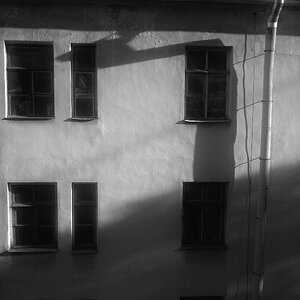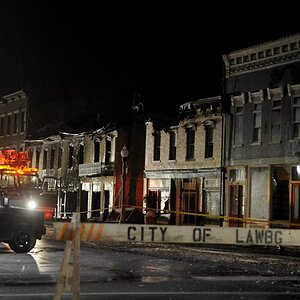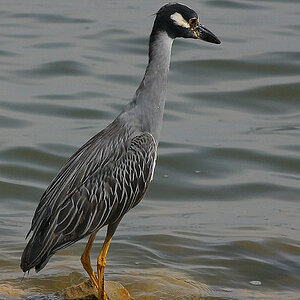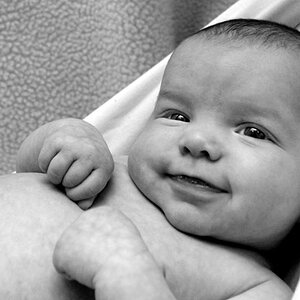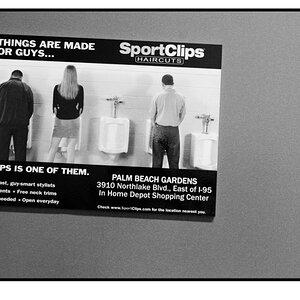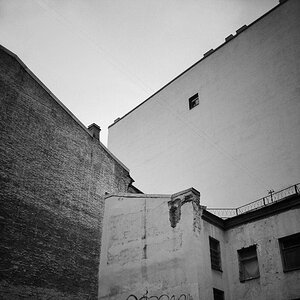FrankLamont
TPF Noob!
- Joined
- Feb 20, 2009
- Messages
- 556
- Reaction score
- 0
- Can others edit my Photos
- Photos NOT OK to edit
Also, I'd not, in future, (to Joves as well) take eclipses before the entire sun is covered. Looking at a partially covered sun can seriously damage your eyes as much as starting normally would. It's more dangerous, actually, because you can continuously stare at it.


![[No title]](/data/xfmg/thumbnail/42/42397-30faa170de7ed9be38adf00b9b26a220.jpg?1619740167)
![[No title]](/data/xfmg/thumbnail/31/31050-824a861ee359cd274a794fc7b9ff8f7b.jpg?1619734588)

